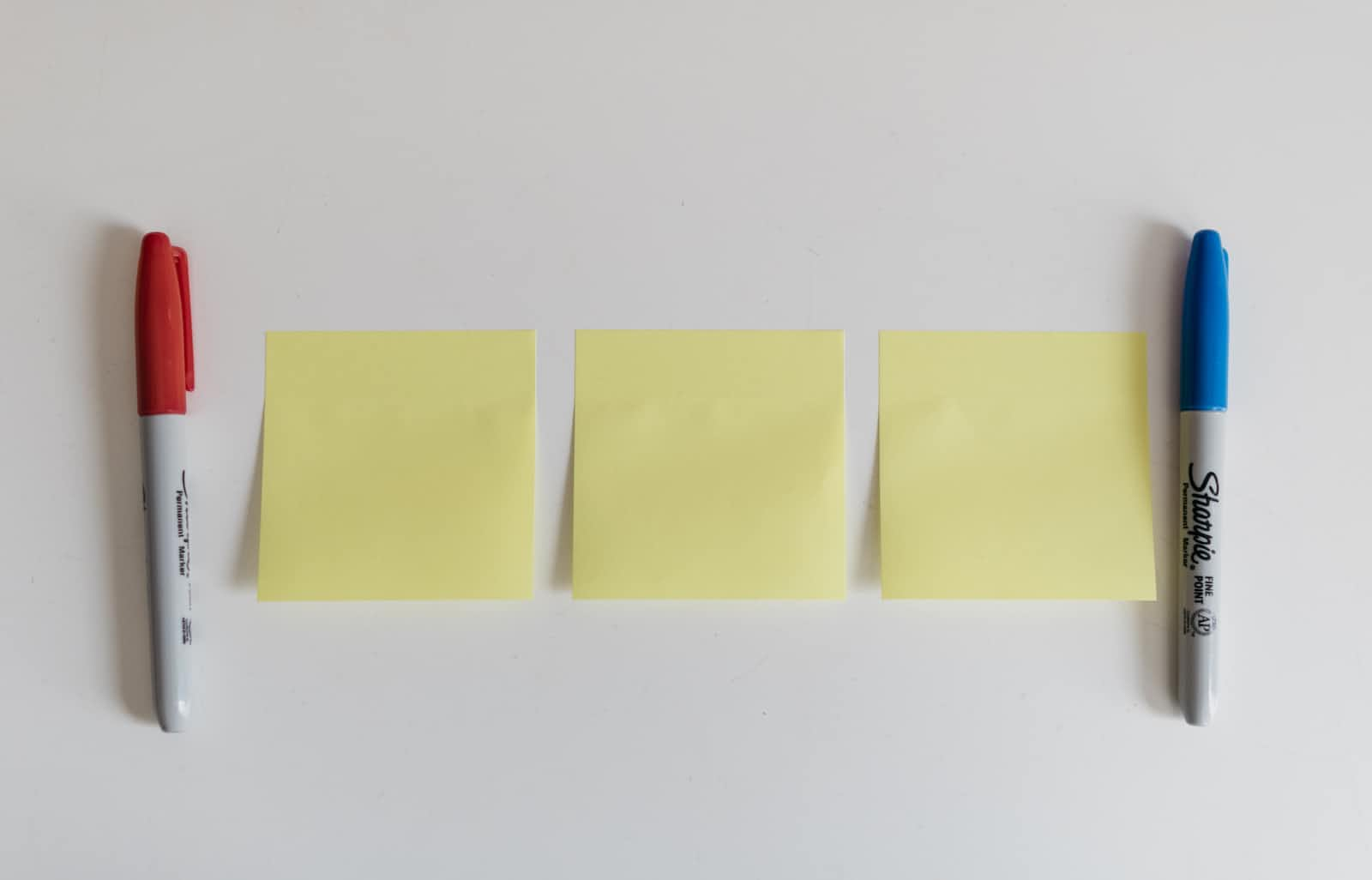UX Case Study: A Review
 Hussayn Abdul-Qayyum A
Hussayn Abdul-Qayyum A
A UX case study is a storytelling tool designed to communicate the decisions and processes behind designs. It allows a designer to showcase their work in a way that highlights their skills and processes. This can then be shared among teams, inquisitive consumers and most especially employers.
There are very important elements an excellent UX case study must possess, which I categorize into three namely; Project Overview, Design Process, and Design Strategy. This article highlights how Addi Hou, Ke Hu, and Johny Vino, implemented the elements in their case study for a redesign of the New York Times App.
Project Overview
A project overview includes basic information about the project, such as the project name, problem statement, goals, timeline, tool stack, your role, target audience etc. The said UX case study started by clearly elucidating the problems faced by users of the New York Times App, their goals and proposed solutions to the problems. The roles of the contributors were defined and the ideas were articulated in a clear, crisp and concise manner which made it easy to understand.
Design strategy
Design strategy is a systematic and intentional approach to creating solutions that meet specific objectives. It involves analyzing the goals of a project or organization, understanding the needs of stakeholders and developing a plan to create solutions that are effective, efficient and sustainable. This includes steps such as User Research, Competitive Analysis, Empathy Mapping, and Journey Map. The team interviewed users of different classes to get a wholesome understanding of their pain points, created an empathy map from it and designed a method of integrating their suggested solutions into the daily lives of the users.
Design Process
Design processes are structured methodologies or frameworks that guide designers, engineers, and other creative professionals through the various stages of creating a product, system, or solution. The five main steps in the design process are Empathize, Define, Ideate, Deliver, and Test. They immersed themselves in the user's shoes using storyboarding and the empathy map. They committed to a continuous cycle of ideation, returning to the prototyping and testing phases until they arrived at the refined final solution.
The final solution, named Timely, shows that a deep understanding of user needs and the development of user-centered design can improve overall consumption and user interactions.
Subscribe to my newsletter
Read articles from Hussayn Abdul-Qayyum A directly inside your inbox. Subscribe to the newsletter, and don't miss out.
Written by

Hussayn Abdul-Qayyum A
Hussayn Abdul-Qayyum A
Welcome! I'm Abdul-Qayyum Hussayn, an innovative UI/UX designer committed to revolutionizing user experiences through intuitive design solutions. Having a robust training and experience, I bring a unique perspective to my work, blending creativity with a passion for sustainability. 🎯 Crafting User-Centric Solutions: In the last two years, I've honed my skills in crafting user-centric web and mobile applications that delight users and exceed expectations. 💡 Human-Centered Design: My design process revolves around in-depth qualitative and quantitative user research, leading to data-driven decisions and impressive outcomes. 👨👩👦👦 Collaborative Partner: A natural team player, I excel in collaborating with engineers, product managers, and product owners to deliver cohesive and impactful solutions. ✍️ Tools of the Trade: Proficient in Figma, Photoshop, and CorelDRAW, I leverage these tools to create visually stunning designs and prototypes. I'm eager to connect with fellow professionals, industry leaders, and change-makers who share a passion for creating impactful user experiences and promoting sustainability. Let's collaborate and design a brighter, greener future together.